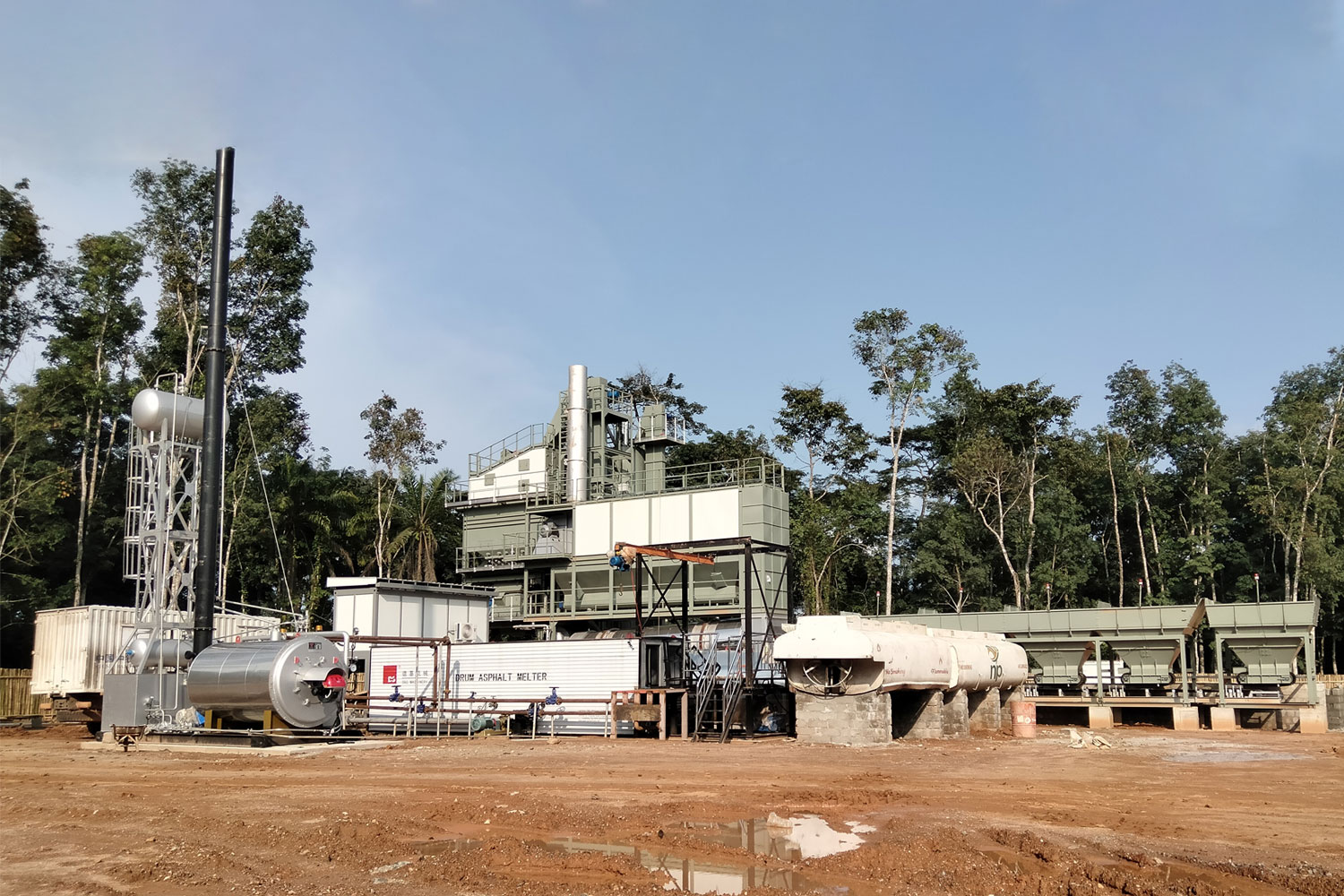Hot mix asphalt plants are essential facilities in the construction and maintenance of roadways and pavements. These plants are designed to produce asphalt concrete, a mixture of aggregates, binder, and filler materials, which when heated, provides a durable and resilient surface for roads, highways, and various other applications. The primary function of a hot mix asphalt plant is to combine these components in precise ratios to produce high-quality asphalt that meets industry standards and client specifications.
The process begins with heating aggregates to a predetermined temperature, which is crucial for ensuring optimal adhesion with the binder. The hot aggregates are then mixed with liquid asphalt in a controlled environment, allowing for thorough incorporation of materials. The quality of the final product is influenced by various factors, including the type of materials used and the mixing techniques employed.
Hot mix asphalt plants can be stationary or mobile, offering flexibility depending on the project requirements and location. Stationary plants are typically used for larger projects with a constant supply need, while mobile plants are advantageous for smaller projects or remote locations where transportation of asphalt may prove challenging.
Environmental considerations are increasingly important in the operation of hot mix asphalt plants. Many facilities are now designed with emission control systems to minimize air pollution and improve sustainability. The use of recycled asphalt pavement (RAP) in production has also become a common practice, significantly reducing waste and conserving natural resources. Furthermore, advancements in technology have led to improvements in efficiency and safety within these plants, ensuring that they can meet modern demands while minimizing their ecological footprint.
In conclusion, hot mix asphalt plants play a pivotal role in the infrastructure sector, providing the necessary materials for durable road construction. Their ability to adapt to various project needs while incorporating sustainable practices positions them as critical components in contemporary paving operations.
Content Disclaimer
The content provided on this website is for informational purposes only. Some of the information, articles, images, and other materials available on this site may be sourced from third-party websites and public domain resources. While we make every effort to ensure the accuracy and reliability of the information, we do not take responsibility for the content provided by external sources.




